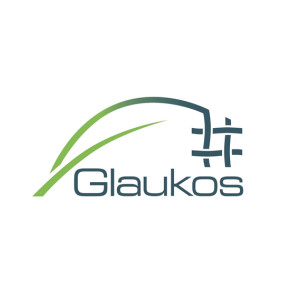 \
&
Contact us
\
&
Contact us
 \
&
Contact us
\
&
Contact us
Published on | 1 year ago
Programmes Enhancing EU R&I Horizon EuropeThe Communication ‘Implementation of the European Research Area (ERA): Strengthening Europe’s Research and Innovation: The ERA’s Journey and Future Directions’ has been adopted on 22 October by the Commission.
The Communication takes stock and assesses the progress made since the previous Communication ‘A new ERA for Research and Innovation‘ (2020) in which the four key objectives are laid out:
and identifies remaining challenges which set the direction for future activities.
More information can be found in the European Commission press release, including a factsheet on the Communication and the videos ‘The #EUResearchArea over time: 2000 until today’ and ‘ERA testimonials’.
We offer news and event updates, covering all domains and topics of Horizon Europe, Digital Europe & EDF (and occasionally, for ongoing projects, Horizon 2020).
Stay informed about what matters to you.
By signing up, you can opt in for e-mail notifications and get access to
a personalised dashboard that groups all news updates and event announcements in your domain(s).
Only for stakeholders located in Flanders

Bio Base Europe Pilot Plant coordinated the Glaukos project, which answered the call topic published in 2019 of Horizon 2020 Framework Programme ‘Develop bio-based fibres and/or functional molecules to improve the performance of textile products’ under the Framework of the Bio-based Industries Joint Undertaking (BBI JU). The consortium partners took up this challenge by valorising industrial side streams and setting up a circular approach to the textile industry.